Bead One, Pray Too
Bead One, Pray Too
A Guide to Making and Using Prayer Beads
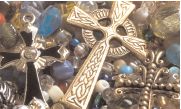
Kimberly Winston

Copyright 2008 by Kimberly Winston
All rights reserved. No part of this book may be reproduced, stored in a retrieval system, or transmitted in any form or by any means, electronic, mechanical, including photocopying, recording, or otherwise, without the written permission of the publisher.
Unless otherwise noted, the Scripture quotations contained herein are from the New Revised Standard Version Bible, copyright 1989 by the Division of Christian Education of the National Council of Churches of Christ in the U.S.A. Used by permission. All rights reserved.
Morehouse Publishing, 4775 Linglestown Road, Harrisburg, PA 17105
Morehouse Publishing, 445 Fifth Avenue, New York, NY 10016
Morehouse Publishing is an imprint of Church Publishing Incorporated.
www.churchpublishing.org
Interior and cover photography: Andy Lyons
Stylist: Sue Banker
Cover design: Brenda Klinger
Interior design: Beth Oberholtzer
Library of Congress Cataloging-in-Publication Data
Winston, Kimberly, 1964
Bead one, pray, too : a guide to making and using prayer beads / Kimberly Winston.
p. cm.
Includes bibliographical references.
ISBN 978-0-8192-2276-3 (casebound)
1. BeadsReligious aspects. 2. Prayer. 3. Rosary. I. Title.
BL619.B43W56 2008
203'.7dc22
2007038258

For my friend Sandy Olson,
whose life was an inspiration because of her great faith
and the way she put it into practice.
I miss you.

 am more grateful to the following people than I can ever hope to tell them in words, written or spoken. Without any one of these people, this book might not have come to be: Nancy Fitzgerald, my wonderful editor at Morehouse, who guided me with strength and purpose. Diane Connolly, David Gibson, and Ari Goldman, colleagues who read chapters and offered both their vast experience and gentle feedback. Phyllis Tickle, who made me believe I can do anything. Sue Banker and Andy Lyon, who captured the beauty of the beads in photographs. Dorothy Perez, who drew the illustrations, and Steve Riley, the best publicist going. And my husband, Terry, who makes the very act of writing possible.
am more grateful to the following people than I can ever hope to tell them in words, written or spoken. Without any one of these people, this book might not have come to be: Nancy Fitzgerald, my wonderful editor at Morehouse, who guided me with strength and purpose. Diane Connolly, David Gibson, and Ari Goldman, colleagues who read chapters and offered both their vast experience and gentle feedback. Phyllis Tickle, who made me believe I can do anything. Sue Banker and Andy Lyon, who captured the beauty of the beads in photographs. Dorothy Perez, who drew the illustrations, and Steve Riley, the best publicist going. And my husband, Terry, who makes the very act of writing possible.
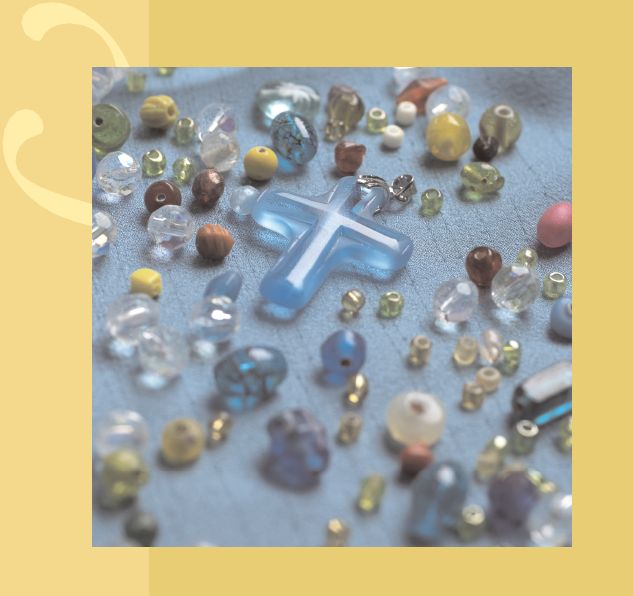

When holy and devout religious men
Are at their beads, tis much to draw them thence,
So sweet is zealous contemplation.
W ILLIAM S HAKESPEARE , R ICHARD III

 hen I was a little girl, sometimes after school I used to cross the street from our apartment building and sneak into the cool, dark sanctuary of Blessed Sacrament Catholic Church. I use the word sneak because I had the mistaken idea that I shouldnt go into a church that wasnt Protestant, as I was. But I loved Blessed Sacrament, with its statues of serenely gazing saints, its many Marys in blue robes holding chubby babies, the rows upon rows of flickering flames in red glass holders, and the golden glow of the altar candlesticks. There was a great hush about the place that was a welcome respite from the New York City streets outside. But more than anything, I loved the rosaries I saw clasped in the hands of the old Polish and Irish ladies scattered through the pews. In the dim light from the stained glass windows, their small beads winked and twinkled as they clicked through the womens knobby old fingers. The women seemed to whisper to their beadsI couldnt hear what they saidand kissed them quickly, almost furtively, before slipping them back into their pockets. I didnt know what those beads were or how they were used, but I knew I wanted some. They were pretty and sparkly and there was mystery attached to them, something I knew had to do with the big crucifix at the front of the church. But I wasnt sure what it was and I was too scared to ask a priest and I never thought to ask my own pastor.
hen I was a little girl, sometimes after school I used to cross the street from our apartment building and sneak into the cool, dark sanctuary of Blessed Sacrament Catholic Church. I use the word sneak because I had the mistaken idea that I shouldnt go into a church that wasnt Protestant, as I was. But I loved Blessed Sacrament, with its statues of serenely gazing saints, its many Marys in blue robes holding chubby babies, the rows upon rows of flickering flames in red glass holders, and the golden glow of the altar candlesticks. There was a great hush about the place that was a welcome respite from the New York City streets outside. But more than anything, I loved the rosaries I saw clasped in the hands of the old Polish and Irish ladies scattered through the pews. In the dim light from the stained glass windows, their small beads winked and twinkled as they clicked through the womens knobby old fingers. The women seemed to whisper to their beadsI couldnt hear what they saidand kissed them quickly, almost furtively, before slipping them back into their pockets. I didnt know what those beads were or how they were used, but I knew I wanted some. They were pretty and sparkly and there was mystery attached to them, something I knew had to do with the big crucifix at the front of the church. But I wasnt sure what it was and I was too scared to ask a priest and I never thought to ask my own pastor.
I was a Methodist and we didnt have rosaries. We had confirmation Bibles and that was about it. As I grew up and learned more about other religions, I discovered how the Catholic rosary was used and why. I admired those who had the dedication and faith to pray with it daily. But somehow I didnt feel I could take up the tradition of counted prayer. It just didnt seem to belong to me.
Then, about two years ago, I wrote a feature story about a growing number of people combining various hobbies with their faithsewing prayer quilts, knitting prayer shawls, painting icons, stitching skull caps. More than one of the groups I came across in the reporting made something they variously called an Anglican, Episcopal, or Protestant rosary. What, I wanted to know, could that be? Didnt only Catholics have rosaries? A quick search on the Internet showed me I was wrong. There was information about this new rosary on the websites of Episcopal, Methodist, Lutheran, and Presbyterian churches. Most people who use this new rosary credit its creation to an American Episcopal priest who taught others how to use this ancient form of contemplative prayer. Many have formed groups that make rosaries and give them away, while others make them and explore their use in personal and group prayer.
The Anglican or Protestant rosary, these websites say, is a simple thingthirty-three beads and a cross. Its great beauty lies not in the attractiveness of its beads, but in that there is no right or wrong way to use it. Instead of one officially sanctioned set of prayers, like the Catholic rosary, or a couple of traditional ways of praying with it, like the Hindu mala, this form of rosary can be used to pray any prayers you are drawn tofrom the prayers of the liturgies and Daily Offices of the church to personal poems of self-expression. You can pray one word on each bead, like a mantraperhaps the name of God or the word peaceor you can recite more complicated expressions of faith from the Scriptures or other literary sources. You can memorize the prayers or read them. You can say them aloud or in your heart. You can pray with your eyes opened or closed. You can pray on your knees or at your job. You can do anything with it.
That is not to say that there are no guidelines for using the Anglican or Protestant rosary. But it is so accommodating to our needs, our goals, our own individual spiritual quests that the many possibilities need some rounding up and explaining.

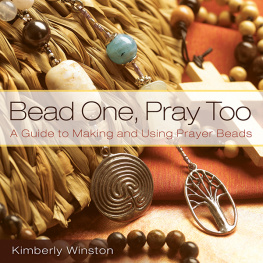
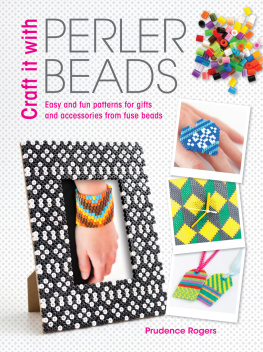
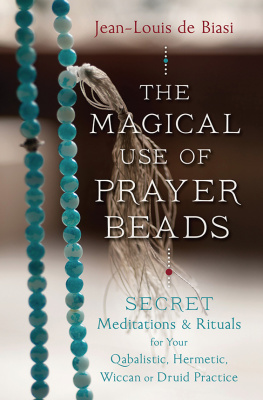
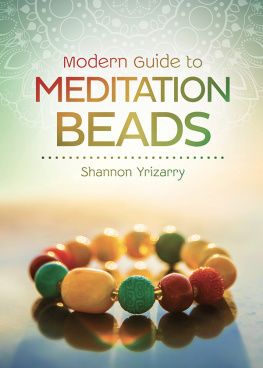
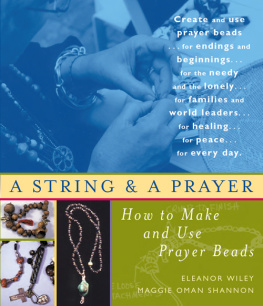
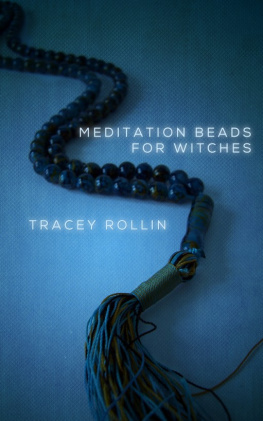

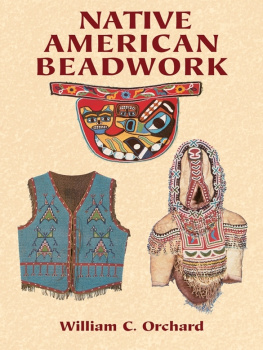
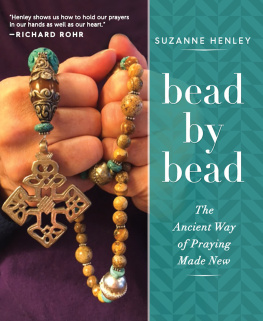
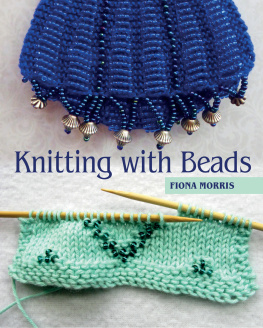
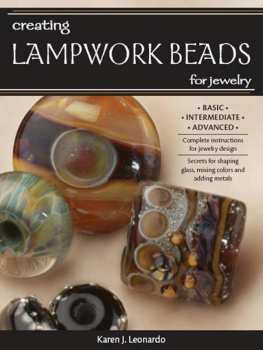
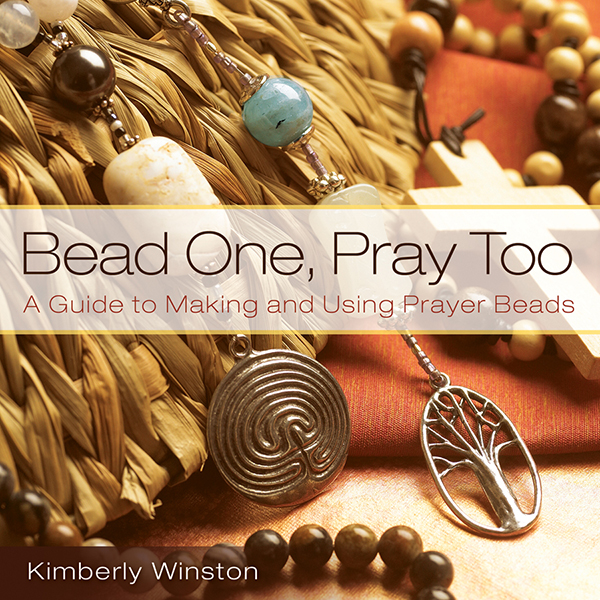




 am more grateful to the following people than I can ever hope to tell them in words, written or spoken. Without any one of these people, this book might not have come to be: Nancy Fitzgerald, my wonderful editor at Morehouse, who guided me with strength and purpose. Diane Connolly, David Gibson, and Ari Goldman, colleagues who read chapters and offered both their vast experience and gentle feedback. Phyllis Tickle, who made me believe I can do anything. Sue Banker and Andy Lyon, who captured the beauty of the beads in photographs. Dorothy Perez, who drew the illustrations, and Steve Riley, the best publicist going. And my husband, Terry, who makes the very act of writing possible.
am more grateful to the following people than I can ever hope to tell them in words, written or spoken. Without any one of these people, this book might not have come to be: Nancy Fitzgerald, my wonderful editor at Morehouse, who guided me with strength and purpose. Diane Connolly, David Gibson, and Ari Goldman, colleagues who read chapters and offered both their vast experience and gentle feedback. Phyllis Tickle, who made me believe I can do anything. Sue Banker and Andy Lyon, who captured the beauty of the beads in photographs. Dorothy Perez, who drew the illustrations, and Steve Riley, the best publicist going. And my husband, Terry, who makes the very act of writing possible.
 hen I was a little girl, sometimes after school I used to cross the street from our apartment building and sneak into the cool, dark sanctuary of Blessed Sacrament Catholic Church. I use the word sneak because I had the mistaken idea that I shouldnt go into a church that wasnt Protestant, as I was. But I loved Blessed Sacrament, with its statues of serenely gazing saints, its many Marys in blue robes holding chubby babies, the rows upon rows of flickering flames in red glass holders, and the golden glow of the altar candlesticks. There was a great hush about the place that was a welcome respite from the New York City streets outside. But more than anything, I loved the rosaries I saw clasped in the hands of the old Polish and Irish ladies scattered through the pews. In the dim light from the stained glass windows, their small beads winked and twinkled as they clicked through the womens knobby old fingers. The women seemed to whisper to their beadsI couldnt hear what they saidand kissed them quickly, almost furtively, before slipping them back into their pockets. I didnt know what those beads were or how they were used, but I knew I wanted some. They were pretty and sparkly and there was mystery attached to them, something I knew had to do with the big crucifix at the front of the church. But I wasnt sure what it was and I was too scared to ask a priest and I never thought to ask my own pastor.
hen I was a little girl, sometimes after school I used to cross the street from our apartment building and sneak into the cool, dark sanctuary of Blessed Sacrament Catholic Church. I use the word sneak because I had the mistaken idea that I shouldnt go into a church that wasnt Protestant, as I was. But I loved Blessed Sacrament, with its statues of serenely gazing saints, its many Marys in blue robes holding chubby babies, the rows upon rows of flickering flames in red glass holders, and the golden glow of the altar candlesticks. There was a great hush about the place that was a welcome respite from the New York City streets outside. But more than anything, I loved the rosaries I saw clasped in the hands of the old Polish and Irish ladies scattered through the pews. In the dim light from the stained glass windows, their small beads winked and twinkled as they clicked through the womens knobby old fingers. The women seemed to whisper to their beadsI couldnt hear what they saidand kissed them quickly, almost furtively, before slipping them back into their pockets. I didnt know what those beads were or how they were used, but I knew I wanted some. They were pretty and sparkly and there was mystery attached to them, something I knew had to do with the big crucifix at the front of the church. But I wasnt sure what it was and I was too scared to ask a priest and I never thought to ask my own pastor.